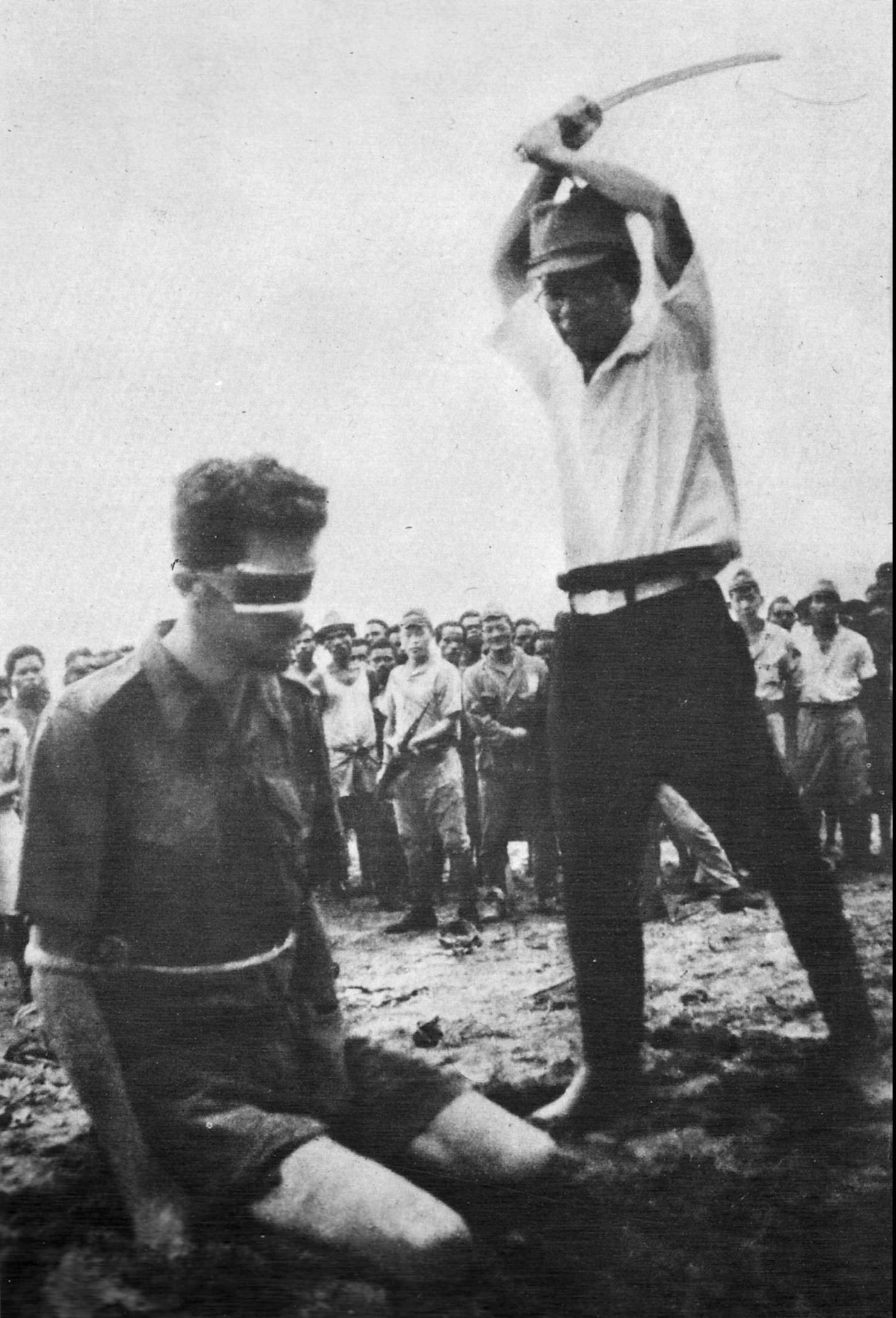- Joined
- Sep 14, 2004
- Messages
- 13,142
- Reaction score
- 34,810
Running out of fuel is a very likely possibility. Amelia in her last transmission to Itasca stated clearly that she didn't have much fuel left.
But running low on fuel is something all pilots prepare for, and because of that possibility, there are contingency plans. They wouldn't just have flown around in orbit waiting to crash into the ocean. They would have been searching for a suitable available island or atoll to land on or near.
Fred Noonan was one of the most accomplished and experienced navigators of the era. He could very well have chosen a route which would have put the Electra into waters near islands, such as the Carolines, the Gilberts, or others.
There is quite a bit of testimony from various islanders that, in fact, an airplane with two aviators (some state one was a woman) went down near Milli Atoll and that they were rescued or captured by the Japanese. Many of those accounts indicate that they were taken to Saipan where they later perished at the hands of the Japanese.
But running low on fuel is something all pilots prepare for, and because of that possibility, there are contingency plans. They wouldn't just have flown around in orbit waiting to crash into the ocean. They would have been searching for a suitable available island or atoll to land on or near.
Fred Noonan was one of the most accomplished and experienced navigators of the era. He could very well have chosen a route which would have put the Electra into waters near islands, such as the Carolines, the Gilberts, or others.
There is quite a bit of testimony from various islanders that, in fact, an airplane with two aviators (some state one was a woman) went down near Milli Atoll and that they were rescued or captured by the Japanese. Many of those accounts indicate that they were taken to Saipan where they later perished at the hands of the Japanese.


